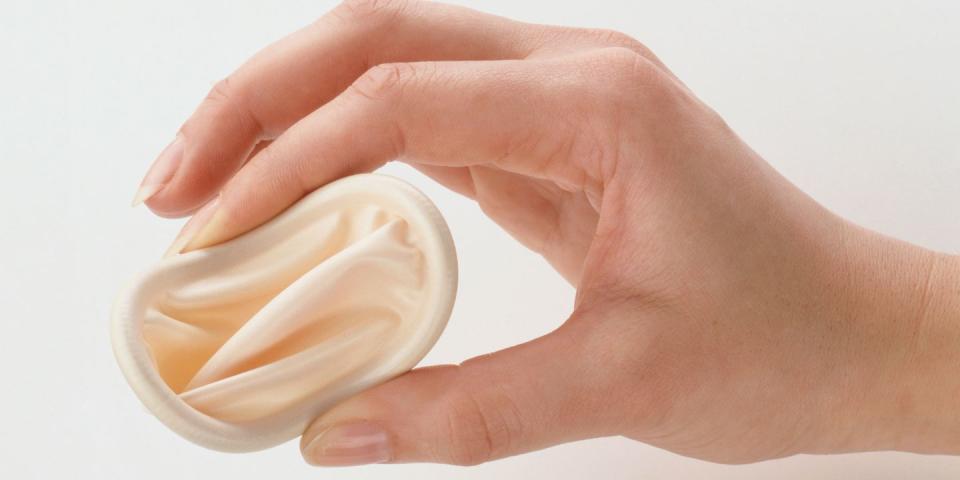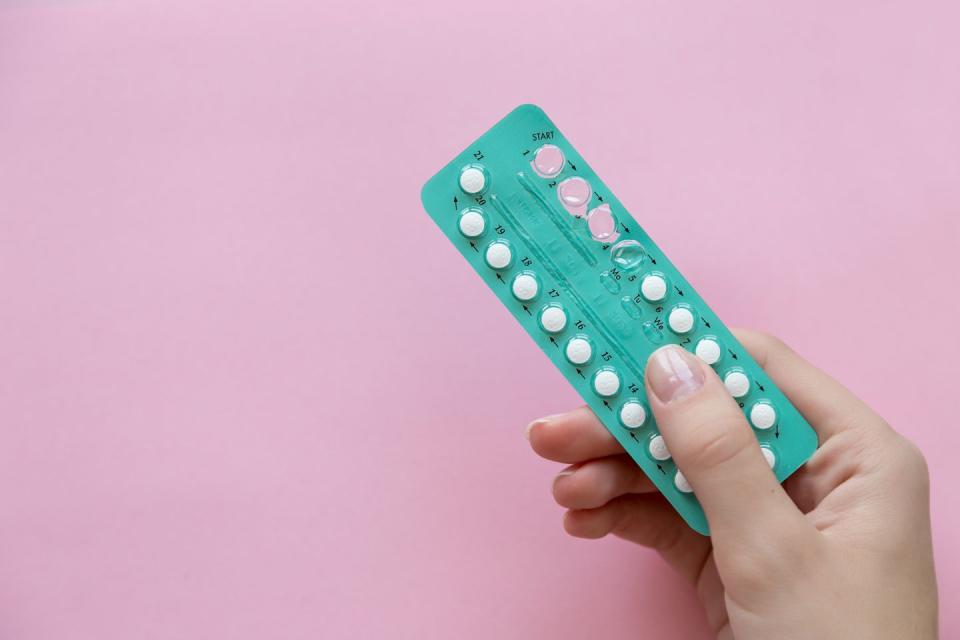Global condom shortage? 5 alternative contraceptive methods to consider

A global condom shortage might be looming after a coronavirus lockdown forced the world’s biggest supplier to shut down production for more than a week.
Here is everything we know about the situation.
Lockdown: decrease in condom supply
Malaysia’s Karex Bhd makes one out of every five condoms worldwide, including for brands such as Durex, which supplies state healthcare systems, including the NHS.
Karex recently closed three of its factories for more than a week to comply with a government lockdown to contain the spread of the coronavirus, resulting in a 100m shortfall of condoms.
The company was given permission to restart production on Friday under a special exemption for critical industries, but with only 50% of its workforce.
Self-isolation: increase in condom demand
Chief executive Goh Miah Kiat told Bloomberg that the company would struggle to keep up with demand, which had been growing at “double digits” during the COVID-19 pandemic.
Mr Kiat credited the surge in demand to lockdown orders around the world forcing couples to stay indoors, as well as people not wanting to fall pregnant during such uncertain times.
Condoms could increase in price
In an interview Reuters, Mr Kiat said: “We are going to see a global shortage of condoms everywhere which is going to be scary”. He also warned condoms could become more expensive as the company struggles to pay workers’ full salaries.
Where can I still buy condoms?
While we don’t recommend panic buying, if you need condoms, you can purchase online from the following retailers:
What other forms of contraception can I use?
Condoms are the only way to protect you from sexually-transmitted infections and diseases.
However, if you are concerned about pregnancy you have other options available.
Diaphragm or cervical cap
What is it? Contraceptive diaphragms and caps are fitted into the vagina, so that they cover the entrance to the uterus. This prevents the sperm from travelling up into the uterus and meeting an egg.
How effective is it? With the diaphragm or cap if always used perfectly as directed according to the instructions (with a spermicide), they are 92-96 per cent effective.

Fertility awareness method
What is it? The fertility awareness method (FAM) involves being able to identify the signs and symptoms of fertility during your menstrual cycle. By identifying the phases when you are most fertile as well as those phases when you are less fertile, you can plan or avoid pregnancy.
How effective is it? The effectiveness of natural family planning depends on many variables, such as:
Which fertility indicator tracking method you use.
How regular your menstrual cycle is.
How reliably you track your menstrual cycles.
If you have unprotected sex near to when you were ovulating.
If you are inexperienced with monitoring fertility indicators then the chances of getting pregnant increase. Encouraging your partner to become familiar with the tracking of fertility can make it a more effective method of contraceptive – monitoring correctly and consistently is vital.
Pull-out method
What is it? The pull-out or withdrawal method (aka coitus interruptus) refers to when the man pulls out during sexual intercourse prior to ejaculation.
How effective is it? This method is the preferred method of some couples but its effectiveness depends on how strictly it is observed. If used perfectly, with the man pulling out every time before he ejaculates, only 4 per cent of couples will conceive in the course of a year. With some occasional lapses, this figure climbs to 22 per cent.

Contraceptive pill
What is it? The combined contraceptive pill is often just called the pill. It contains two hormones, an oestrogen and a progestogen which are similar to those released from the ovaries. The two hormones oestrogen and progestogen in the combined pill override your natural menstrual cycle and work mainly by stopping your ovaries from releasing an egg each month, known as ovulation. These hormones also increase the thickness of the natural mucus at the neck of the womb (cervical mucous), making it more difficult for sperm to cross from the vagina into the womb, as well as thinning the womb lining (endometrium), making it more difficult for any successfully fertilised eggs to implant there.
How effective is it? If taken correctly, the combined contraceptive pill is more than 99 per cent effective and you can have sex without the worry of getting pregnant.

Vaginal contraceptive ring
What is it? The contraceptive vaginal ring is a flexible, transparent plastic ring, that is approximately 54mm (2 inches) long. The brand name for the vaginal ring is NuvaRing. The vaginal ring works similar to the pill, by releasing oestrogen and progesterone hormones continuously into the body (via the vagina) where they are absorbed into the bloodstream. These hormones override your natural menstrual cycle by stopping ovulation and increasing the thickness of the natural mucus at the neck of the womb.
How effective is it? If used correctly, the vaginal ring is more than 99 per cent effective and you can have sex without the worry of getting pregnant.
Last updated: 30-03-2020
You Might Also Like

